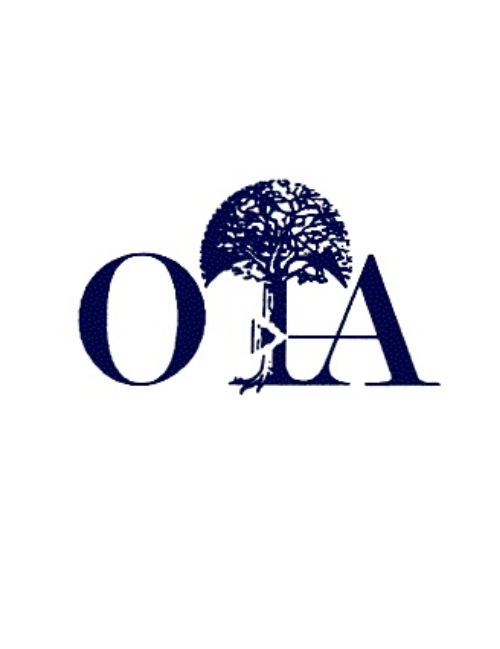
OTA 2020: Intramedullary K-wire Non-inferior to Titanium Elastic Nails for Pediatric Femur Fractures

OTA 2020: Intramedullary K-wire Non-inferior to Titanium Elastic Nails for Pediatric Femur Fractures
Intramedullary Kirschner Wires versus Titanium Elastic Nails for Pediatric Femur Fractures: Preliminary Results from a Randomized Clinical Trial in Dar Es Salaam, Tanzania
CONFERENCE ACE REPORTS
This ACE Report is a summary of a conference presentation or abstract. The information provided has limited the ability to provide an accurate assessment of the risk of bias or the overall quality. Please interpret the results with caution as trials may be in progress and select results may have been presented.
Synopsis
A total of 49 children with acute traumatic diaphyseal fractures of the femur were randomized to receive fixation with a titanium elastic nail or intramedullary Kirshner wire (K-wire). The primary outcomes of interest was fracture union (as measured by the modified radiographic union for tibial fractures [mRUST] score), and the incidence of complications leading to unplanned surgery. Secondary out...
To view the full content, login to your account,
or start your 30-day FREE Trial today.
FREE TRIAL
LOGIN
Forgot Password?
Explore some of our unlocked ACE Reports below!

Learn about our AI Driven
High Impact Search Feature
Our AI driven High Impact metric calculates the impact an article will have by considering both the publishing journal and the content of the article itself. Built using the latest advances in natural language processing, OE High Impact predicts an article’s future number of citations better than impact factor alone.
Continue



 LOGIN
LOGIN

Join the Conversation
Please Login or Join to leave comments.